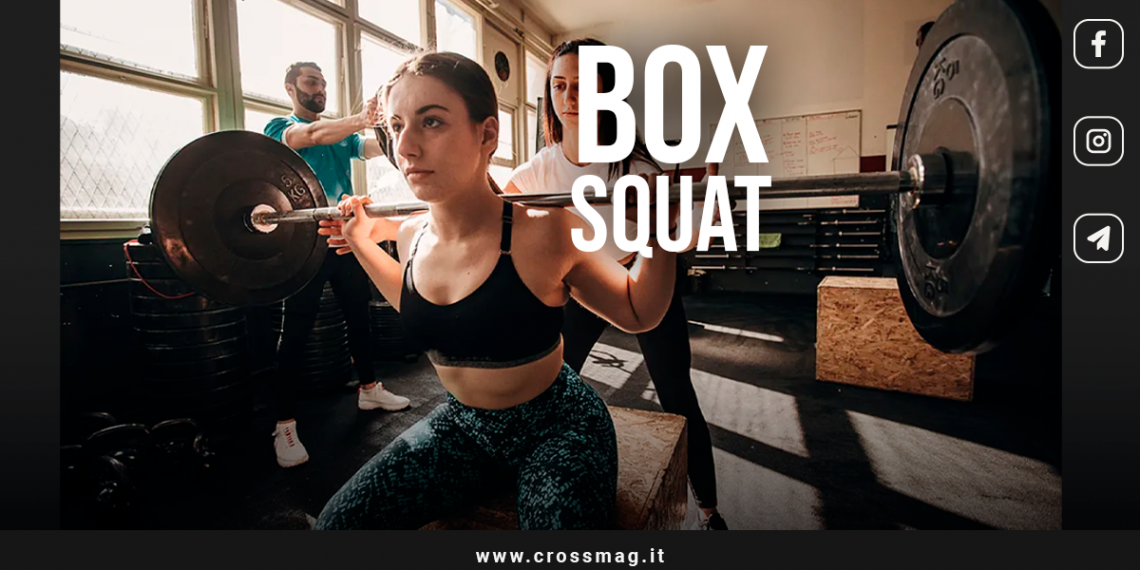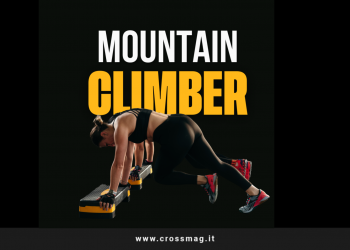All they love squats; among the many fitness movements that are reflected in daily life, the squatting it is by far the most performed. Everyone has their own favorite style, whether it's for front squats, overhead squat o back squats; you can really indulge yourself and experiment with squatting with kettlebells, dumbbells or chains.
The squat is a type of movement that transfers immediately to our training patterns daily movement, for this reason it is so popular and an awful lot of time is spent trying to get it right; a well-established method to improve this movement is the use of box squats.
Let's find out together everything there is to know about this exercise!

Index
How do you perform the box squat?
To start, set up a box near your squat rack; The box should be low enough so that your hips are parallel to the ground when you sit down (it can even be a little higher if needed).
- Approach the bar and position yourself in a wide stance; the wider stance places more emphasis on the posterior chain (hips, buttocks, back and hamstrings) when squatting, which is good when you consider how much these muscles are used in CrossFit®
- Using one pinch (made with three fingers) wide, place the bar in the hollow of the upper back, pulling it with force towards the trapezius and simultaneously pulling the elbows up and slightly forward to engage the lats.
- Inhale deeply to expand the abdomen and tighten the midsection; this is essential to stabilize the lower back and allows you to transfer the power of the lower body to push the bar up.
- Raise the bar of the rack and step back
- To descend, push your hips and buttocks backwards, pushing your knees out; this will force you to sit back rather than down.
- Sit completely on the box, do not drop or rock; when sitting on the box, the shins must be vertical, in order to recruit the posterior chain
- After a second or two pause on the box, it's time to start the concentric phase and stand up; it is an explosive movement in which the sequence of movements of the eccentric phase is reversed
- Inhale and tighten your abs and push against the bar to engage your trapezius and spinal erectors; this will allow you to flex your hips, glutes, hamstrings and quadriceps, arching your upper back and forcing your knees outward.

What are the benefits?
The box squat has several benefits:
- It requires correct technique: the athlete must always descend beyond the parallel to reach the box during the eccentric phase; in the free squat, athletes tend to squat less as loads increase. The box squat eliminates this tendency and improves technique
- Improve mobility and range of motion: The box squat is a form of ballistic stretching and can be an excellent method to help with poor flexibility and range of motion, as well as providing an easy way to measure progress
- Helps Develop Power and Strength: the box squat allows you to sit further back in the box and obtain a perpendicular shin angle to the floor; all this places a great load on the muscles of the posterior chain
- Safety: if the load is very heavy, the box squat allows you to have a greater safety net.
And you, do you do box squats in your workouts? Let us know in the comments and remember to follow us on our telegram channel











